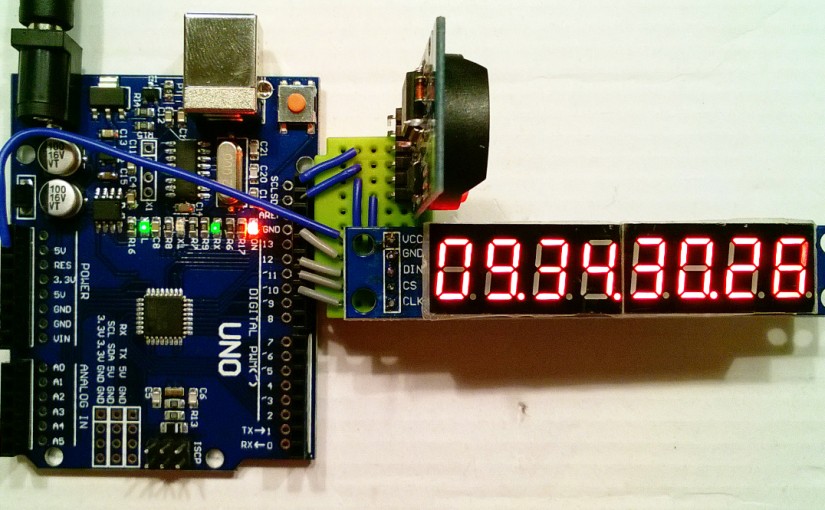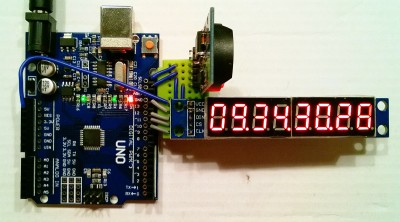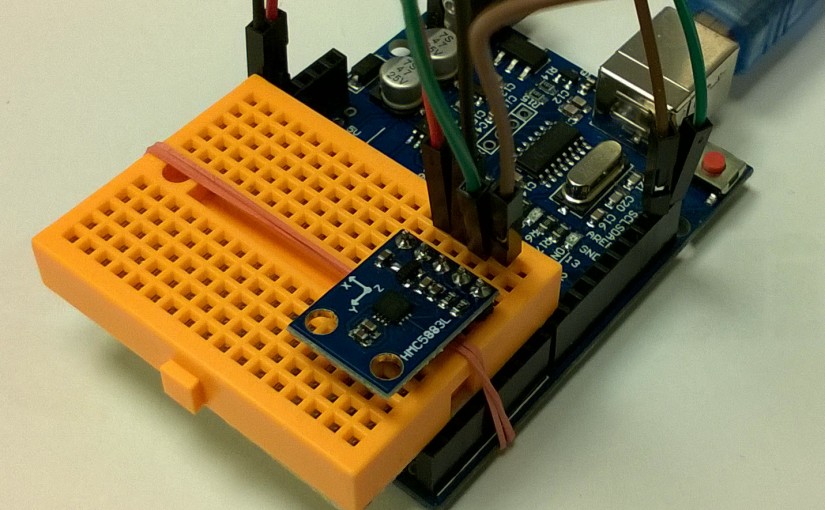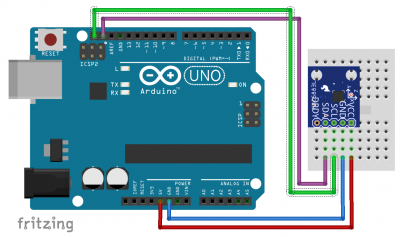… also known as DS3231 part III. (Have you seen Part I and Part II ?)
It is pretty natural to start playing with interrupts as we write program for the clock. There are 3 (in UNO, other boards have different number) internal timer based interrupts. Timer0 and Timer2 are based on 8 bits counters, so I decided to use Timer1 here with 16 bits. The prescaler set to 64 and match register to 2499 did the trick (one could use as well 256;624 or 8;19999 pairs for Timer1 looking for 100Hz refresh).







